10 WUST researchers have received grants in the 25th edition of the Opus program held by the National Science Centre (NSC). Their projects obtained a total of almost PLN 14.5 million.
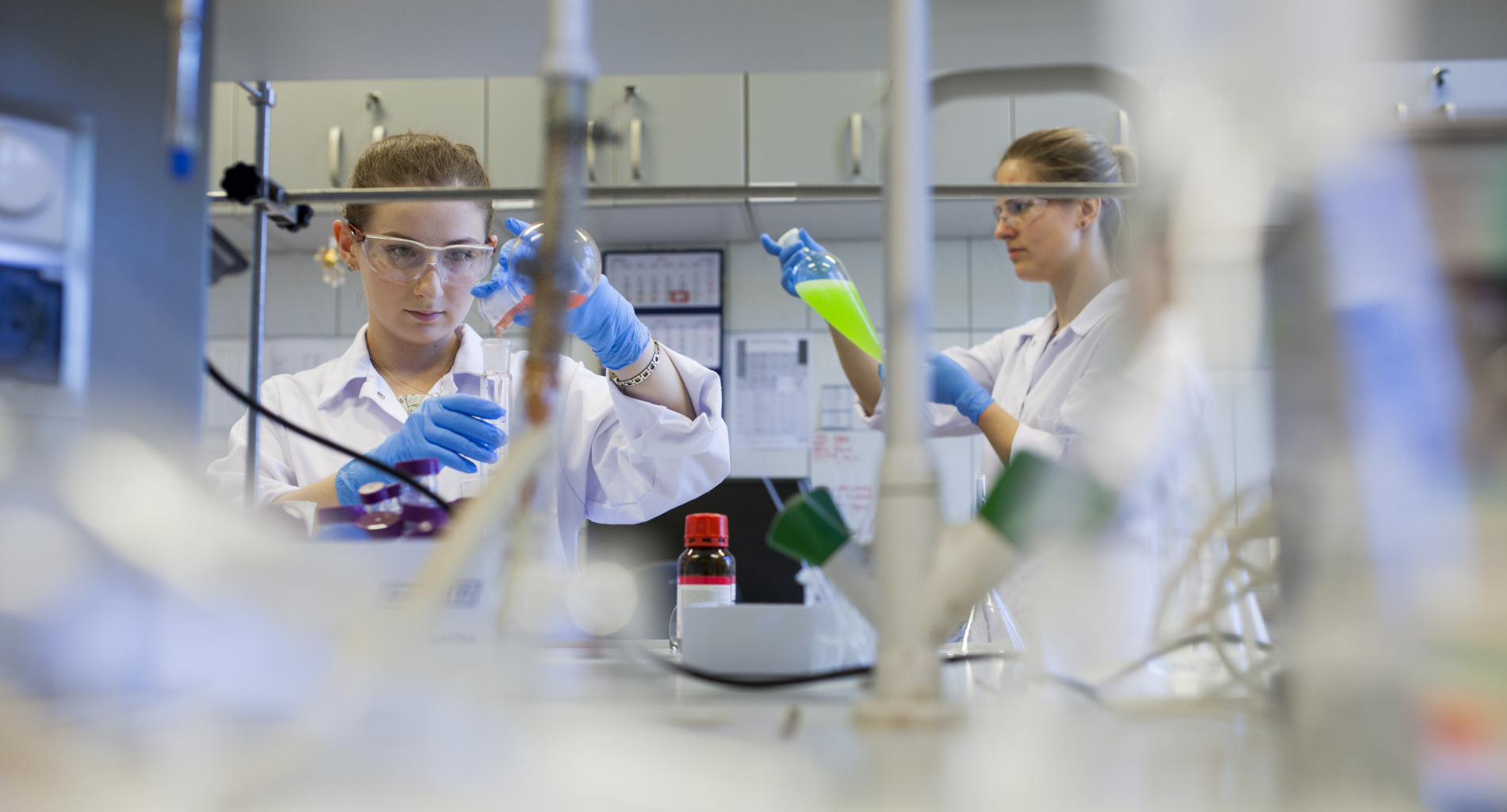
In total, funding was granted to 176 out of 2,184 submitted applications. The success rate in this edition of the program has thus decreased relative to previous editions and is now only 8.06%. The winners will receive a total of approximately PLN 301.6 million.
Here is the list of the winners:
Dr. Małgorzata Sulkowska (Faculty of Information and Communication Technology)
PLN 796,800 for "Modern tools for analysing complex networks".
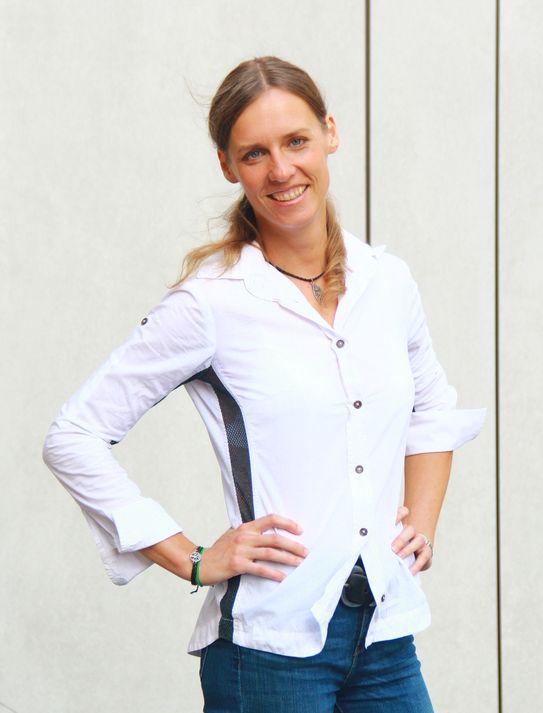 Nowadays, professionals employed in various industries have to process huge amounts of data. Such data often form natural networks, e.g. large data sets from social networks (such as Facebook or Twitter), biological networks (e.g. networks of protein connections or neuron connections in the brain), telecommunications networks, energy networks, transport networks (e.g. air connections), etc.
Nowadays, professionals employed in various industries have to process huge amounts of data. Such data often form natural networks, e.g. large data sets from social networks (such as Facebook or Twitter), biological networks (e.g. networks of protein connections or neuron connections in the brain), telecommunications networks, energy networks, transport networks (e.g. air connections), etc.
“The large volume of data and their dynamic nature constitute a huge challenge for both analysts and algorithmists,” says Dr. Małgorzata Sulkowska. “Collecting such data on one medium and subjecting it to static analysis is often impossible. Similarly, it is impossible to use standard algorithms that require full knowledge of the tested network.
The project will involve the construction and development of non-standard tools for working with large networks of real data. It will be led by Dr. Sulkowska in cooperation with researchers from the Department of Fundamentals of Computer Science at the Faculty of Information and Communication Technology: Dr. Jakub Lemiesz and Dr. Zbigniew Gołębiewski.
“Accurately constructed mathematical models will allow us to better understand the phenomena occurring in the systems around us, as well as to accurately predict their future behaviour,” explains the our researcher. Methods that precisely estimate selected data parameters will make it possible to improve recommendation systems, filter spam more effectively, and detect troublesome bots and fraudsters operating in networks”.
Dr. Daria Podstawczyk (Faculty of Chemistry)
PLN 2,039,280 for "Design, synthesis and modelling of biomaterials containing microalgae for coaxial 3D bioprinting of living materials with the ability to release oxygen".
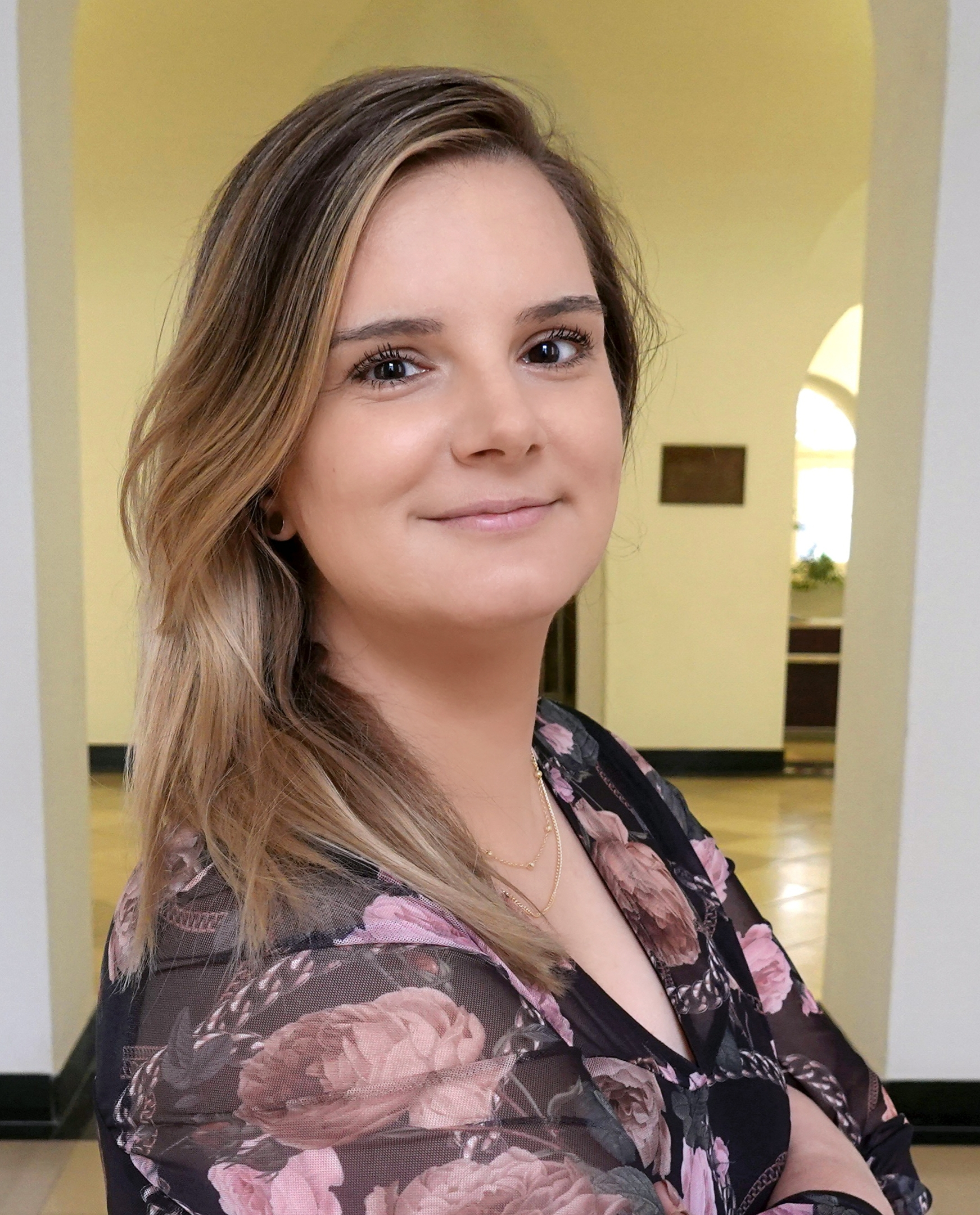 “My project involves designing bioinks containing live microalgae for 3D bioprinting living materials capable of permanent oxygen production,” says Dr. Daria Podstawczyk. “Together with my team, we plan to design and produce branched hydrogel networks with immobilized microalgae as a new type of "breathing" engineered living materials (ELMs). By combining the activity of living cells and the structure of non-living matrices, our ELMs will be able to detect and respond to changes in the environment.
“My project involves designing bioinks containing live microalgae for 3D bioprinting living materials capable of permanent oxygen production,” says Dr. Daria Podstawczyk. “Together with my team, we plan to design and produce branched hydrogel networks with immobilized microalgae as a new type of "breathing" engineered living materials (ELMs). By combining the activity of living cells and the structure of non-living matrices, our ELMs will be able to detect and respond to changes in the environment.
The unique properties which allow microalgae to change their behaviour and photosynthesis in response to light will be used to create a specially designed scaffold that will produce and release oxygen in a controlled and continuous manner. Coaxial 3D printing will enable the creation of a network of internal channels inside the 3D structure, imitating the network of vessels in living tissues. This channel system will, in turn, be used to dynamically culture human umbilical vein endothelial cells (HUVECs) under controlled oxygen conditions.
Bioprinted living materials will be used in many areas, including the production of biomimetic structures (e.g. artificial leaves), tissue models and wound dressings,” explains the researcher. “In addition, combining oxygen-generating ELMs with 3D bioprinting will open the way to creating an innovative strategy for treating hypoxia, i.e. lack of oxygen in the body.
Dr. Natalia Małek-Chudzik (Faculty of Chemistry)
PLN 2,032,300 for "Understanding the role of immunoproteasome activation in the development of neuropathic pain".
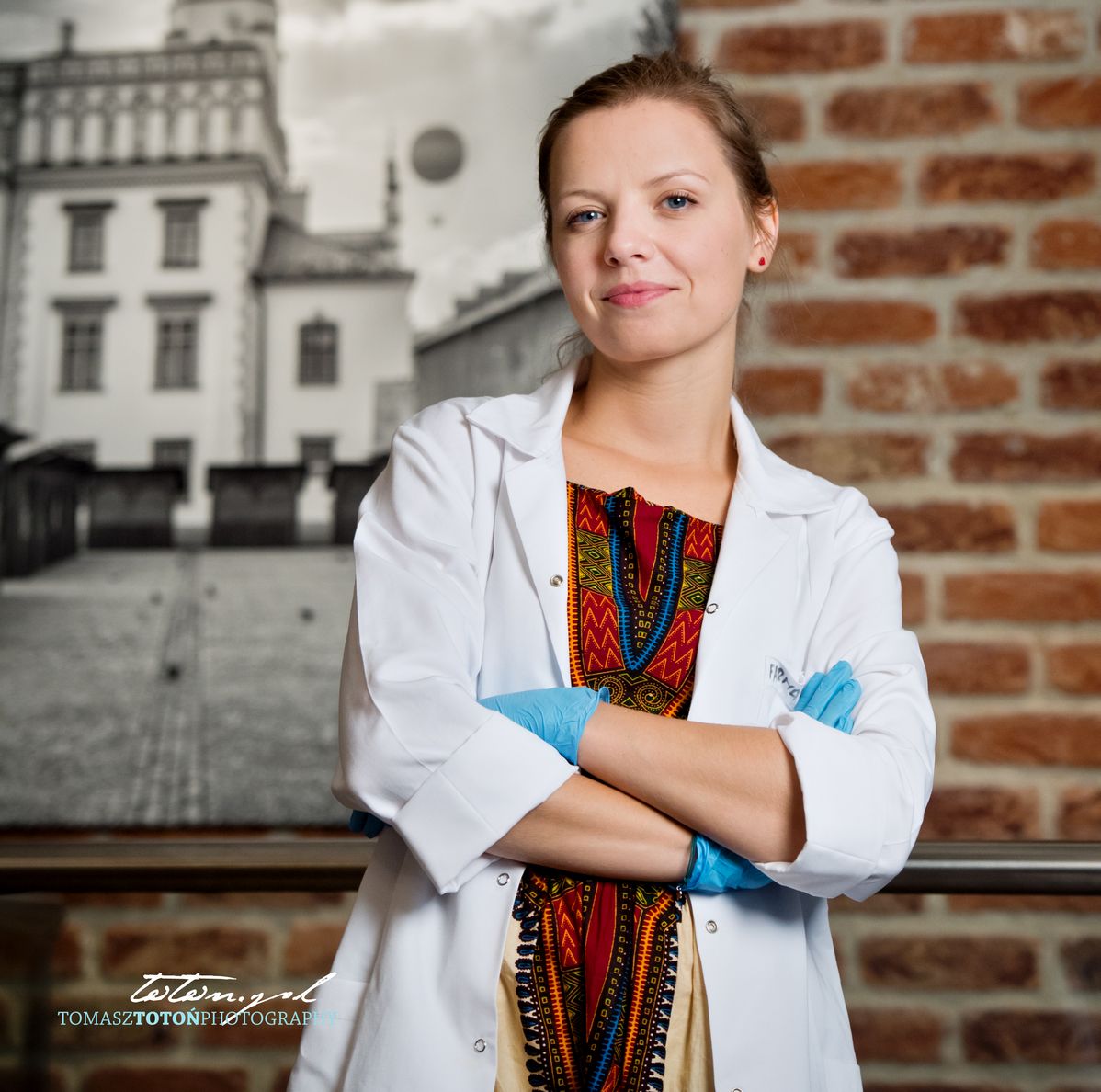 Chronic pain, a condition that persists even after the tissue has been healed, affects approximately 30% of the population, representing a significant social and economic burden.
Chronic pain, a condition that persists even after the tissue has been healed, affects approximately 30% of the population, representing a significant social and economic burden.
“Therefore, my team is going to focus on understanding the neuroimmune mechanisms of chronic pain, including the role of the autoimmune response in the nervous system”, says Dr. Natalia Małek-Chudzik. “For this purpose, we will use mass cytometry imaging (Hyperion Imaging System), which will assess changes in the activation of immune and neuronal cells. We will also identify the mechanisms of pain transformation from the acute to chronic phase.
All experiments will be based on an animal model of pain, allowing the changes to be monitored in different phases of the disease.
In the second part of the project, the team from the Faculty of Chemistry will focus on assessing the pain response after the use of selective inhibitors of the immunoproteasome (i20s), i.e. which is an enzyme complex playing a role in antigen presentation and autoantibody production. The tested compounds, selective for i20s subunits, have a potential to reduce the development and maintenance of chronic pain.
“We expect that our research will provide important data on neuronal-immune interactions in chronic pain and provide the basis for developing a new therapeutic approach to modify the course of the disease,” explains the researcher.
Prof. Piotr Cyganowski, prof. uczelni (Faculty of Chemistry)
PLN 1,991,040 for "Plasma-catalytic modules as a tool for circular production of aromatic amines from pollutants of anthropogenic origin".
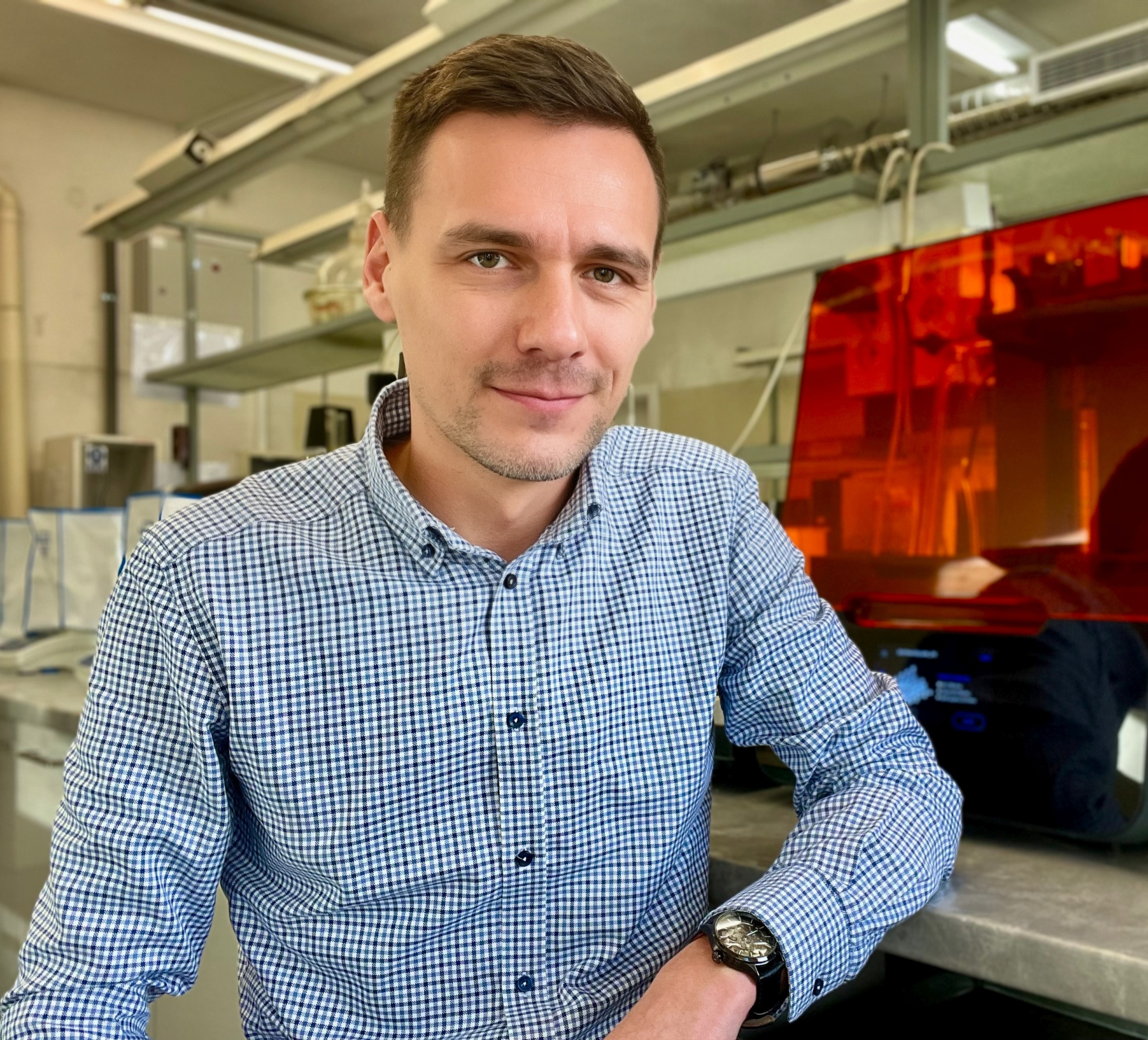 “You rarely hear about aromatic amines, even though these compounds are crucial in the production of, among others, plant protection products, dyes and medicines,” notes Prof. Piotr Cyganowski. “Unfortunately, despite their great importance for modern society, these substances have strong mutagenic and carcinogenic effects.
“You rarely hear about aromatic amines, even though these compounds are crucial in the production of, among others, plant protection products, dyes and medicines,” notes Prof. Piotr Cyganowski. “Unfortunately, despite their great importance for modern society, these substances have strong mutagenic and carcinogenic effects.
The problem is of a staggering scale because the neutralization of products containing aromatic amines is very difficult, and the constantly increasing demand leads to the introduction of more and more of these harmful compounds into the environment.
Fortunately, there is great motivation to address this problem. “Currently, we have a technological gap that makes it difficult to synthesize aromatic amines with structures suitable for the production of, among others, anti-inflammatory, antiretroviral and antibiotic drugs,” explains the winner from W3. “In this context, my research project will use 3D printing technology to develop and produce a modular device capable of capturing hazardous waste and using it to produce aromatic amines.
As a result, this technology will reduce the impact of aromatic amines on the natural environment, returning them to the production cycle of high-value chemical products. TThe project will be carried out by an interdisciplinary research team consisting of Prof. Piotr Jamroz, Prof. Anna Dzimitrowicz, Prof. Joanna Wolska and Prof. Dorota Jermakowicz-Bartkowiak from Wrocław University of Science and Technology and by Prof. Andrzej Bernasik and Dr. Mateusz Marzec from the AGH University of Science and Technology in Krakow.
Prof. Anna Witek-Krowiak (Faculty of Chemistry)
PLN 1,736,500 for "Design of a comprehensive and environmentally friendly alginate-based fibre platform and assessment of the impact on the soil environment".
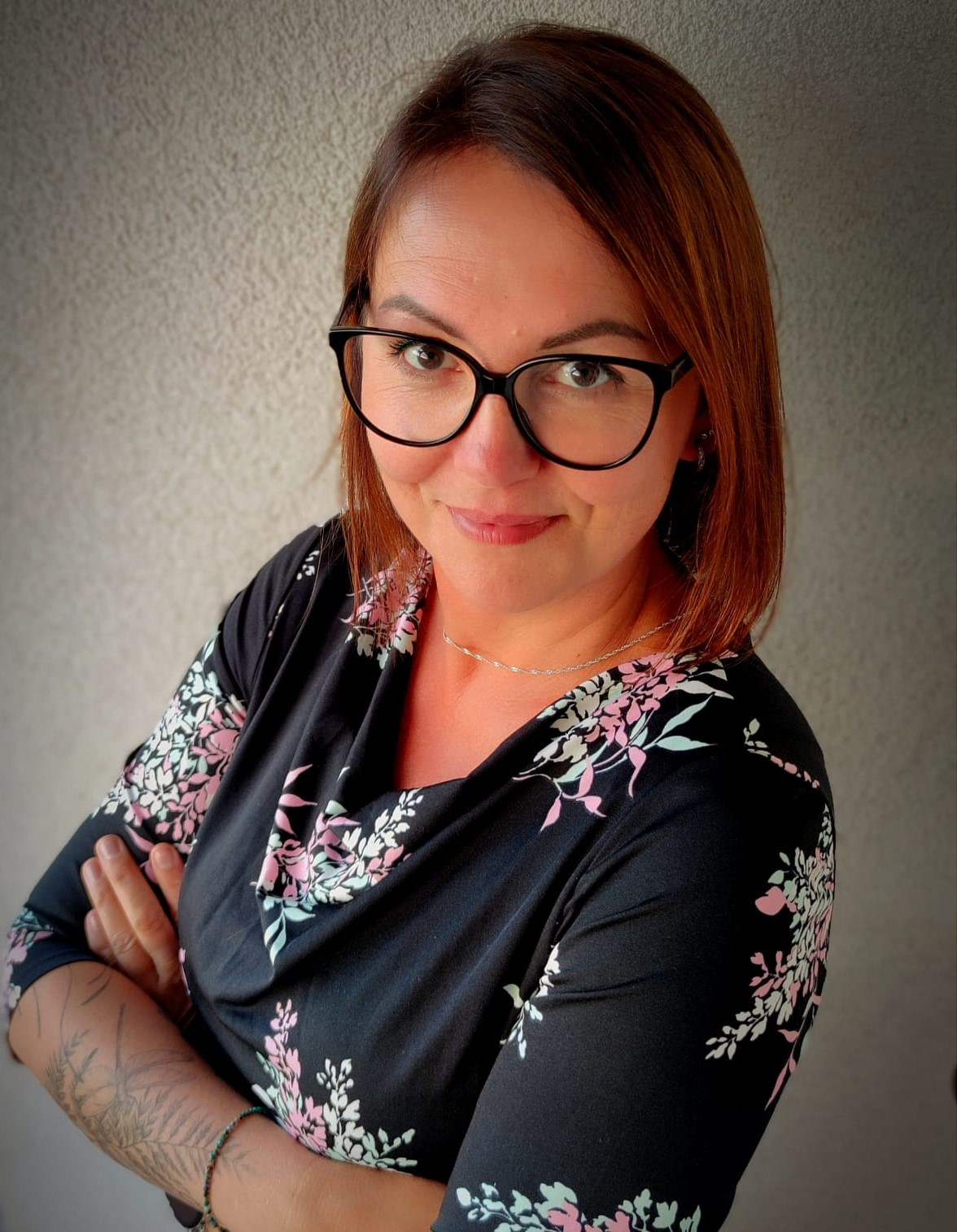 In her project, the W3 researcher will produce and analyse the activities of polymer matrices containing microorganisms supporting plant growth and active ingredients of microbial origin (plant growth stimulators, fungicidal compounds).
In her project, the W3 researcher will produce and analyse the activities of polymer matrices containing microorganisms supporting plant growth and active ingredients of microbial origin (plant growth stimulators, fungicidal compounds).
“The matrices will be prepared in the form of electrospun fibres based on natural polymers,” explains Prof. Anna Witek-Krowiak from the Faculty of Chemistry. “The immobilized ingredients will be applied directly to the place of plant growth, in the form of soil fibres or as seed coats, which will allow their local delivery, thereby increasing the effectiveness of the preparation.
Application in the natural environment will require fully safe materials (biodegradable, non-toxic) that will enable effective immobilization and slow release of selected ingredients into the environment. This is the solution proposed by Prof. Witek-Krowiak in her project.
The prepared fibres will be assessed for their physicochemical properties and tested on plants, also in the presence of a plant pathogen. “When introducing a new product into the soil environment, it is important to check the changes caused by its presence, which is why we have planned to monitor the rate of biodegradation and to analyse the soil environment during long-term tests,” says the winner. “We expect that our matrices will have beneficial effects on plant growth, protect them against biotic stress, and be environmentally friendly, making them useful in the precision agriculture sector.
The project is interdisciplinary and will be implemented in cooperation with scientists from Wrocław University of Environmental and Life Sciences.
Prof. Marcin Nyk (Faculty of Chemistry)
PLN 1,666,560 for "Structure engineering and nonlinear optical properties of advanced nanomaterials for applications in two-photon detection of metal ions".
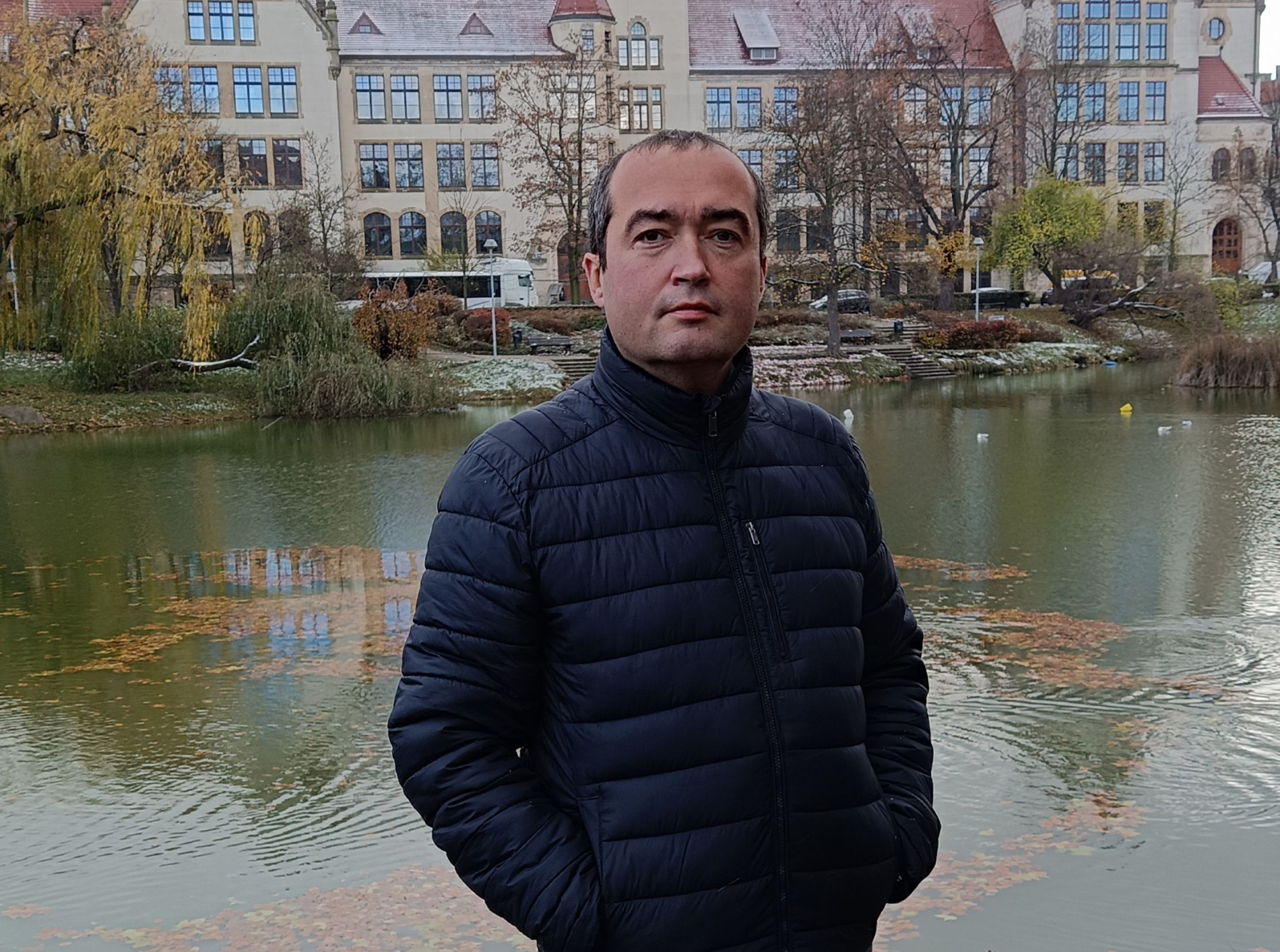 The main goal of the project is to discover new nanoscale materials, processes and phenomena, as well as to develop new experimental and theoretical research techniques. “My team's motivation for the proposed research is the rapid development of the industry, which leads to environmental pollution where heavy metal cations, e.g. lead, cadmium and mercury, pose a serious ecological threat,” explains Prof. Marcin Nyk. “Therefore, precise detection and determination of ion concentrations in biological and environmental samples is of great importance.
The main goal of the project is to discover new nanoscale materials, processes and phenomena, as well as to develop new experimental and theoretical research techniques. “My team's motivation for the proposed research is the rapid development of the industry, which leads to environmental pollution where heavy metal cations, e.g. lead, cadmium and mercury, pose a serious ecological threat,” explains Prof. Marcin Nyk. “Therefore, precise detection and determination of ion concentrations in biological and environmental samples is of great importance.
One of the useful analytical tools for this purpose will be optical sensors based on nanomaterials, including: quantum dots that will change their colour or fluorescence intensity in the presence of a specific ion. Prof. Nyk and his team will study the proposed non-linear optical effects and research techniques for the measurement of metal ions using femtosecond lasers which are amplified and tuned in a wide spectral range.
“Such an approach will allow us to find the optimal area of optical radiation where the absorption of two photons can occur with greater probability. So far, such comprehensive basic research has not been conducted on a large scale,” adds the researcher.
Prof. D. Robert Iskander (Faculty of Fundamental Problems of Technology)
PLN 1,495,476 for "Comprehensive eye densitometry aimed at understanding the myopia epidemic".
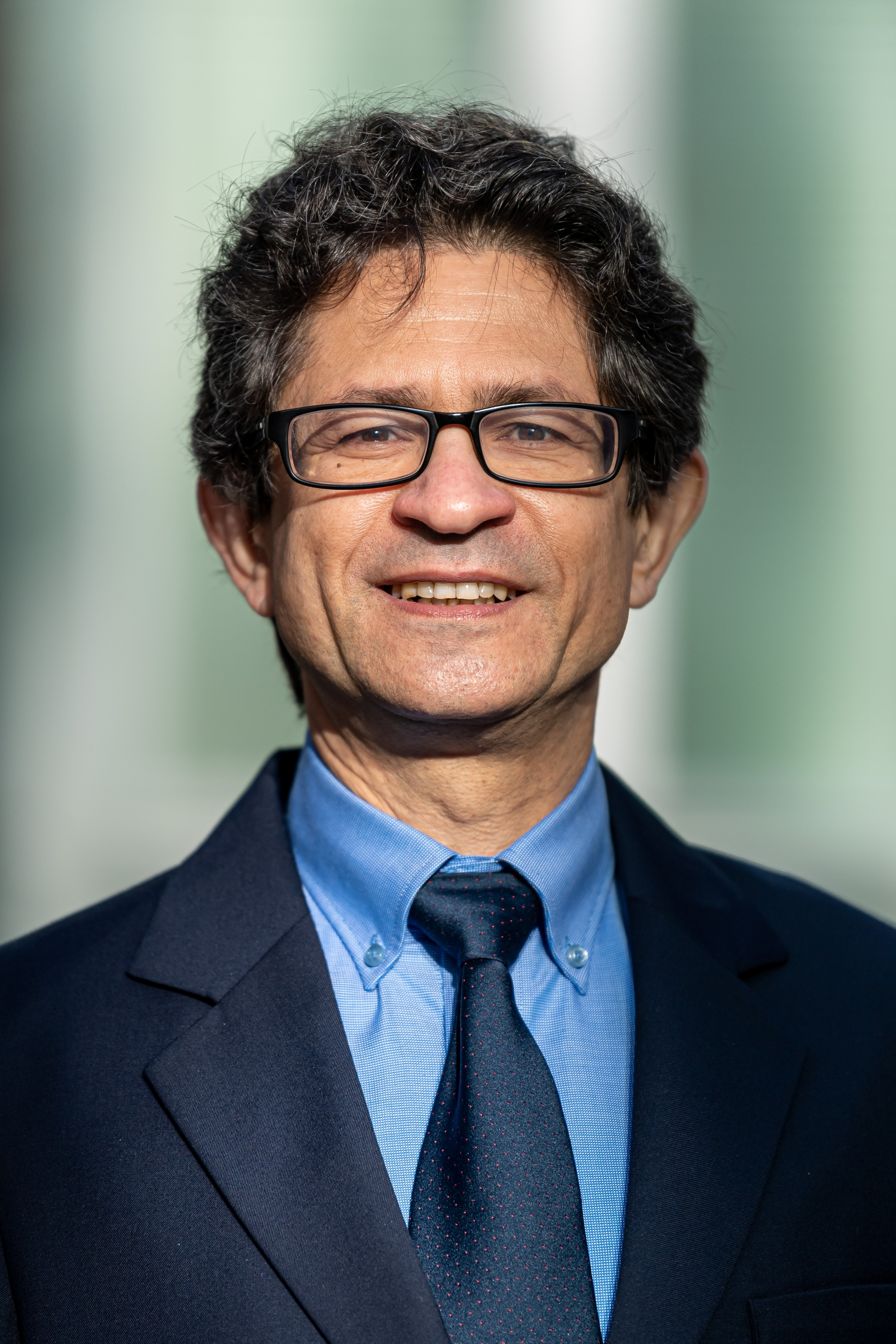 The incidence of myopia is increasing worldwide. Five years ago, it was predicted that half of the world's population would be myopic by 2050. Recently, the World Health Organization (WHO) revised these estimates to 2040. The origins of myopia and its development are inextricably linked to short-distance work. Short-distance visual tasks are considered a major contributor to the development of myopia.
The incidence of myopia is increasing worldwide. Five years ago, it was predicted that half of the world's population would be myopic by 2050. Recently, the World Health Organization (WHO) revised these estimates to 2040. The origins of myopia and its development are inextricably linked to short-distance work. Short-distance visual tasks are considered a major contributor to the development of myopia.
Recently, there has been increased interest in determining how the use of digital devices affects the development of myopia. “By examining myopia, it is possible to identify a group of people who are "resistant" to it, despite having a genetic predisposition, and who, like other myopes, perform a lot of work at close range and spend little time outdoors,” says Prof. D. Robert Iskander.
So what are the specific optical and anatomical features of the "resistant" human eye, which, despite increased short-distance work, including the use of smart devices, does not develop myopia? “There is currently no answer to this question. Most eye parameters in myopia tests can be collectively described as MACRO parameters, because they mainly concern the geometry of the eye,” explains our scientist. “Less is known about how eyes differ at the microscopic level, but such MICRO-parameters are difficult to assess in-vivo.
Recent advances in the statistical analysis of speckle noise in optical coherence tomography (OCT) images, also called OCT densitometry, demonstrate the potential of this technology to indirectly assess ocular microstructure by treating speckle noise as a source of information.
“The main goal of my research will be to develop a methodology for comprehensive OCT eye densitometry,” says Prof. Iskander. “It is expected to provide a solution to the problem of myopia by examining young emmetropic adults with a genetic predisposition to myopia, who spend a lot of time working in close range and have no active interest in sports.
Prof. Łukasz Sadowski (Faculty of Civil Engineering)
PLN 1,330,542 for "Understanding the self-sensitive behaviour of cement composites with the addition of nitrogen-doped graphene and a catalyst from refinery waste (abbr. SENSOR)”.
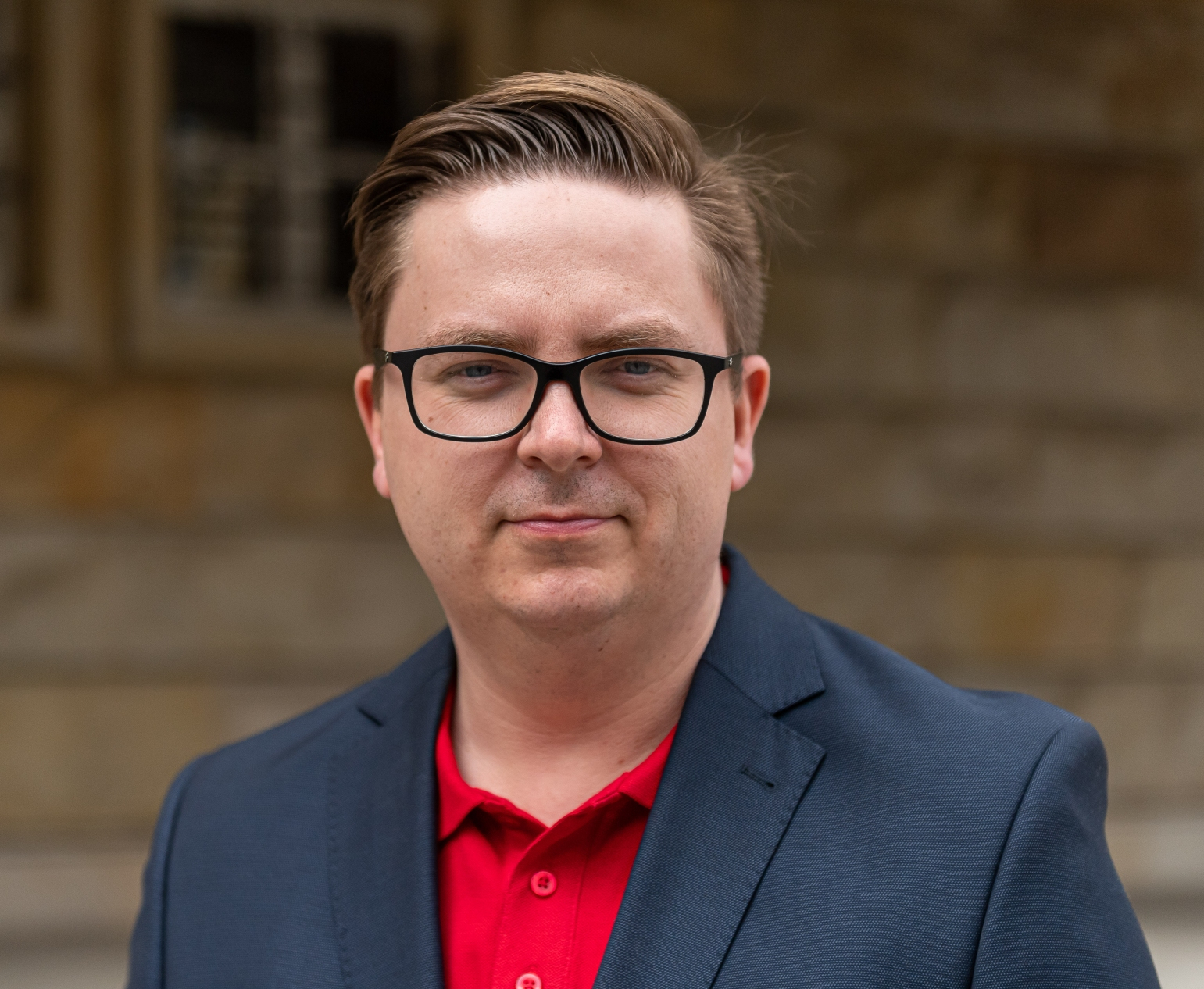 Structures built in smart cities, especially those monumental and of great importance, must be importantly safe. Therefore, they should be subjected to structural monitoring.
Structures built in smart cities, especially those monumental and of great importance, must be importantly safe. Therefore, they should be subjected to structural monitoring.
“This is usually achieved by external sensors installed in critical locations of such structures,” says Prof. Łukasz Sadowski. “As an alternative, one could use concrete that is able to monitor itself on an ongoing basis.
Conventional sensors are quite unreliable because they may not "feel" the current state of the structure in a place where they have not been installed, while a self-monitoring material evenly distributed in the mass of concrete will be able to constantly monitor even the smallest fragment of the structure. Thus, concrete will have a chance to be not only a construction material, but also a durable and inexpensive sensor.
“Concrete can be used as a sensor for continuous self-monitoring of structures, provided that it is designed using carefully selected materials with appropriate electrical properties,” says the researcher. “In our project, we will primarily use a modern nanomaterial, which is nitrogen-doped graphene, in synergy with metallic waste material from the refinery industry.
According to the scientist, this proposal successfully combines two significant global fields of research for modern and smart cities, i.e. smart construction technology and sustainable use of waste.
The interdisciplinary project, which will be implemented in cooperation with the Technical University of Darmstadt, also involves a comprehensive assessment of the life cycle of the developed material and an assessment of its impact on the environment, taking into account the carbon footprint.
Prof. Wojciech Milczarek (Faculty of Geoengineering, Mining and Geology)
PLN 1,096,780 for "SAFED-POL – satellite radar interferometry for subregional analysis of post-mining deformation fluctuations in Poland".
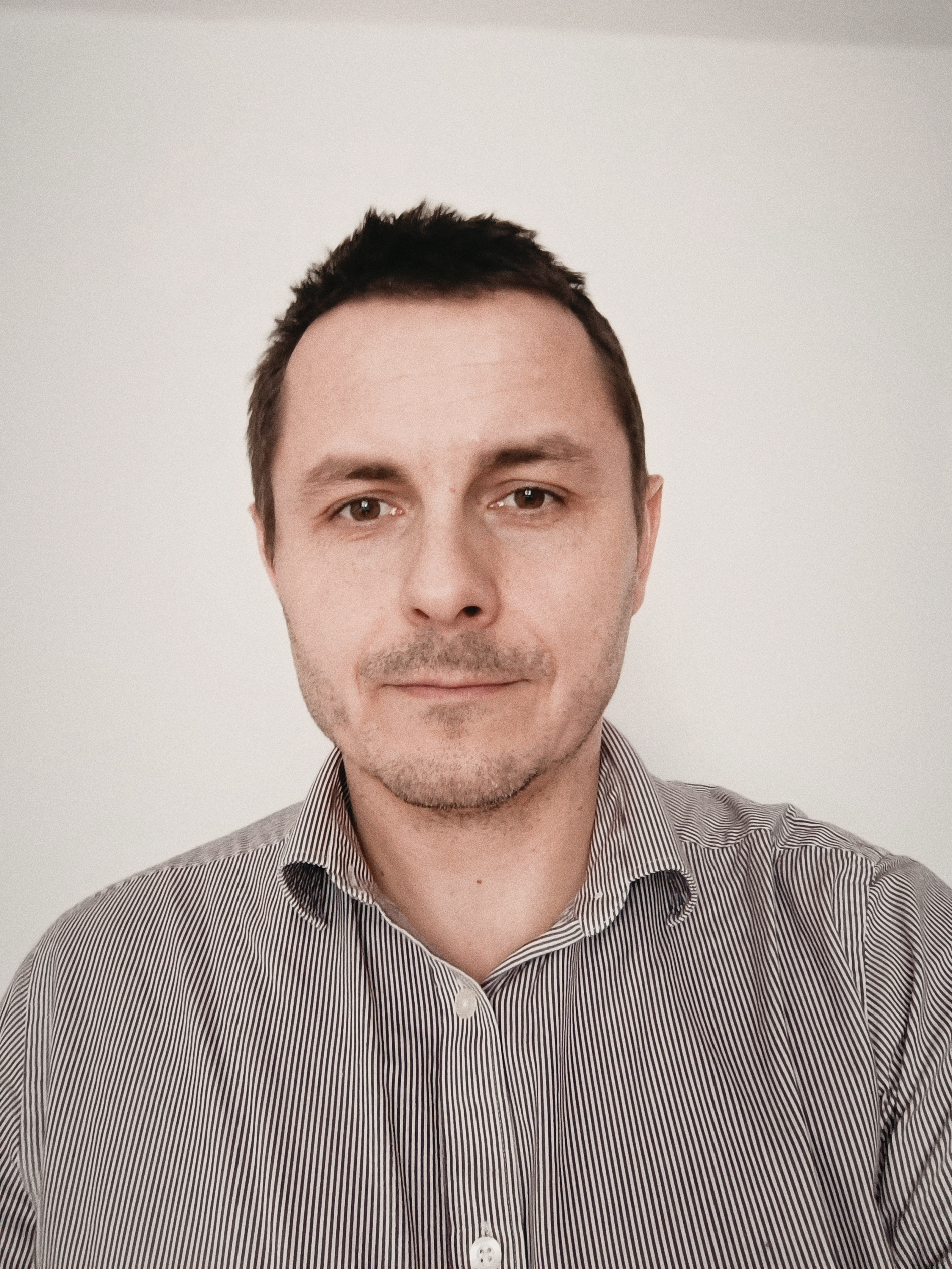 Post-mining deformations of the land surface are one of the key anthropogenic threats both in Poland and throughout Europe. “The current energy transformation leads to large-scale closures of mines,” says Prof. Wojciech Milczarek. Importantly, post-mining areas are located mainly in highly urbanized areas”.
Post-mining deformations of the land surface are one of the key anthropogenic threats both in Poland and throughout Europe. “The current energy transformation leads to large-scale closures of mines,” says Prof. Wojciech Milczarek. Importantly, post-mining areas are located mainly in highly urbanized areas”.
The main goal of the project is to develop a spatiotemporal system for the monitoring of residual land surface movements in areas of closed mining operations.
He intends to achieve this goal in three steps. Firstly, by using the Interferometric Synthetic Aperture Radar (InSAR) time series to detect patterns and trends in land surface displacements.
Secondly, by determining the deformation decay coefficient in post-mining areas, as a function of time and based on InSAR time series.
“And finally, by analysing the processes taking place in the rock mass as a result of the reconstruction of the groundwater table with the use of numerical analysis,” explains Prof. Milczarek. “The research results will provide new information in the field of protection of post-mining areas and rock mass mechanics. The developed scenarios will contribute to improving safety and reducing the risk of land surface deformation.
During the implementation of the project, time series of land surface movements throughout the country will be regularly acquired and classified by source. “Information about land surface movements may be valuable in identifying, among others: natural phenomena related to endogenous factors and processes, human impact on the land surface and the monitoring of environmental threats,” enumerates the scientist. “The results available to a wider audience will enable further, targeted research.
Prof. Michał Ryznar (Faculty of Mathematics)
PLN 425,200 for "Nonlocal, anisotropic elliptic equations".
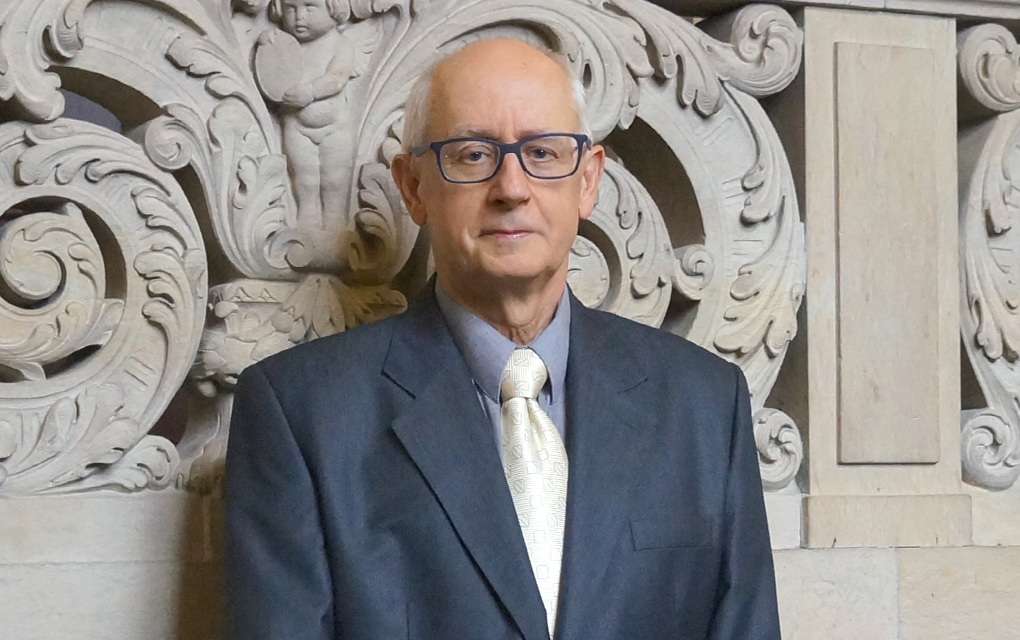
The theory of elliptic partial differential equations is a rich and well-known mathematical theory with many applications, e.g. in electrostatics, continuum mechanics, hydrodynamics, diffusion theory, optimal transport theory, geometric optics and non-equilibrium statistical physics.
Over the past 25 years, nonlocal equations for the fractional Laplacian and other nonlocal operators have been intensively studied by probabilists and differential equation mathematicians. “The theory of non-local equations has numerous applications, e.g. in quantum mechanics, image recognition, statistical mechanics, meteorology and finance,” explains Prof. Michał Ryznar. “Recently, considerable attention has been paid to non-local, anisotropic elliptic operators, which appear naturally as generators of solutions to stochastic differential equations with noise being a step stochastic Lévy process in R d with independent components.
The aim of the project led by Prof. Ryznar is to investigate the existence of uniqueness and the properties of solutions to boundary problems for non-local anisotropic elliptic equations across regions in R d. “We are particularly interested in estimating the solutions to the above boundary problems, and estimating the derivatives of these solutions,” explains the researcher. “We plan to investigate Dirichlet heat kernels, Green functions and Poisson kernels for non-local anisotropic elliptic operators across different regions in R d. We also intend to study the Schrödinger equation based on a certain relativistic Hamiltonian appearing in Lieb and Seiringer's book The stability of matter in quantum mechanics."
The long-term intention of the group led by Prof. Ryznar is to contribute to the construction of a theory of nonlocal elliptic equations similar to the classical theory of elliptic differential equations.
